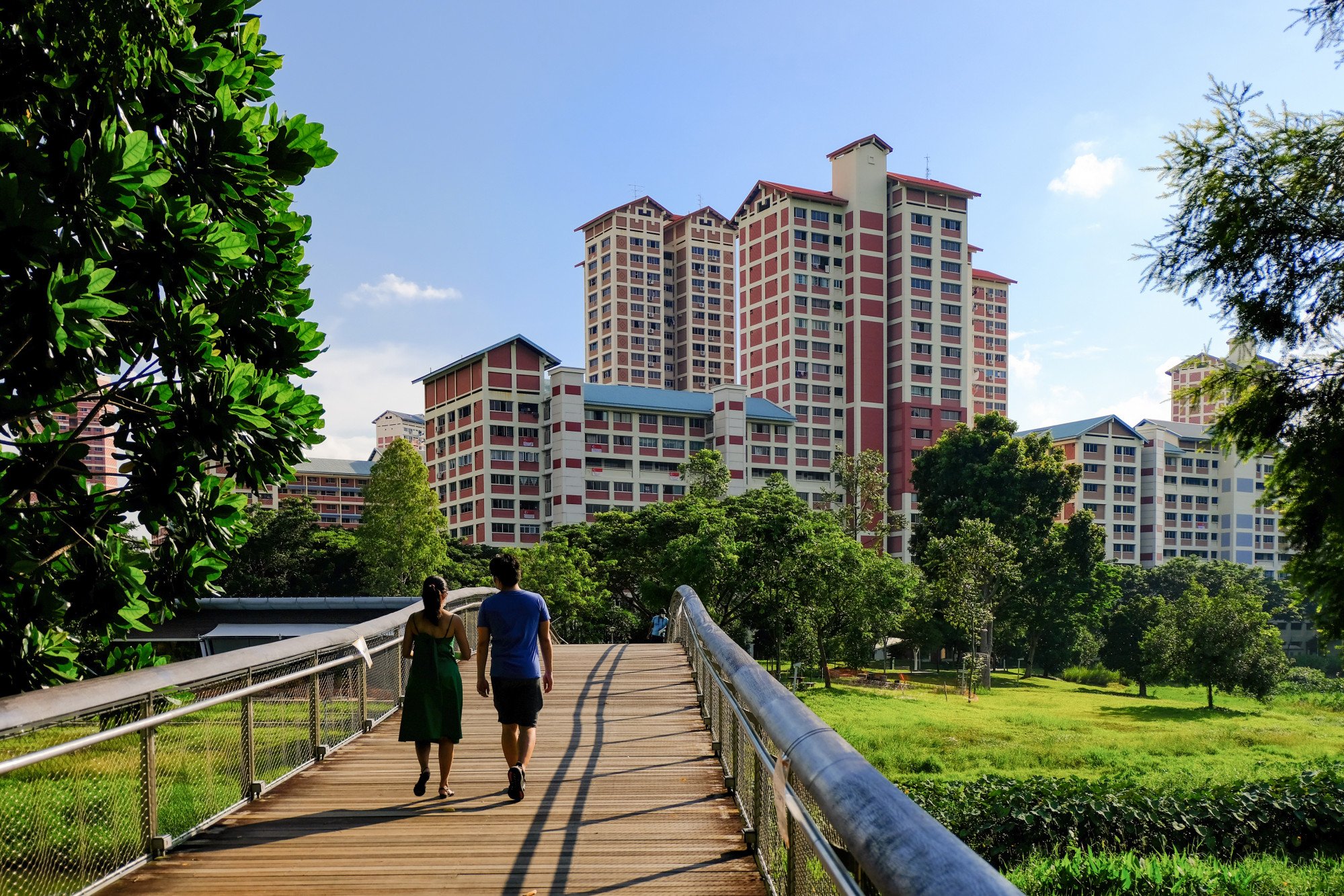Japan and Singapore show even property safe havens are not problem-free
Foreign investors’ interest has certainly lifted the economy, but the authorities must make sure locals are not priced out of the market

Two findings stood out in CBRE’s survey on Asia’s commercial property investment market published last month. The first was that Japan alone accounted for 36 per cent of transaction volumes in the first quarter of this year. The second was that it was easily the most popular market among cross-border investors, with 86 per cent of respondents describing their level of interest in Japan as very strong or fairly strong.
These findings underscore the strong appeal of a market that has long been perceived by foreign investors as a safe haven. At a time when the United States – long the safe haven of choice for global investors – has become a source of instability and unpredictability, Japan’s political stability, policy predictability and the depth and liquidity of its real estate market have taken on added significance.
Persistently low interest rates, the cheap yen, the return of inflation after decades of stagnation and Japan’s position as an attractive alternative to China have added to its appeal among investors. Even so, there are signs that Japan has become too appealing.
In the commercial property market, the weight of foreign and domestic capital targeting Japanese assets in the past several years has driven down rental yields for institutional grade properties in Tokyo to extremely low levels. Even in Osaka, a relatively illiquid market, prime office and retail yields are lower than in Seoul and Singapore, which are among the most actively traded markets in the Asia-Pacific.
Low borrowing costs and higher loan-to-value ratios in Japan allow investors to earn a positive carry, which means the returns from holding an asset exceed its financing costs. However, a narrowing spread, or gap, between rental yields and government bond yields makes Japanese real estate less attractive from a pricing standpoint.
Moreover, the cheap yen – down about 38 per cent against the US dollar since early 2021 – has fuelled a boom in overseas tourism. Last year, hotels accounted for 20 per cent of investment activity, up from 5 per cent in 2021, according to JLL data.
Concerns about the effects of overtourism have intensified, especially since many Japanese are unable to afford a holiday abroad given the plunge in the yen and the associated hit to their purchasing power. “Even cheaper hotels are too expensive for many domestic tourists. They’re getting squeezed out of places they once went to,” said Zoe Ward, founder and chief executive of Japan Property Central.
There are also concerns Japan is too permissive. Unlike other leading economies, Japan does not impose restrictions on foreign purchases of real estate. With flat prices and rents in Tokyo standing at record highs, non-resident acquisitions of residential properties are coming under scrutiny.
In March, the results of a survey of developers by Mitsubishi UFJ Trust and Banking Corporation showed foreigners accounted for 20-40 per cent of purchases of new flats in Tokyo’s central wards last year. Even if the actual share is much lower, greater sensitivity to foreign purchases attests to the challenges posed by Japan’s status as a safe haven.
In tiny Singapore, by contrast, the impact of its safe-haven appeal is more visible, necessitating a more forceful policy response. Since 2020, prices in the private residential market have risen by 33 per cent, while prices for second-hand flats built by the Housing and Development Board (HDB), Singapore’s public housing authority, have increased by 44 per cent.

Both markets feed off each other, underscoring the importance of demand from local buyers. The private market benefits from a buoyant HDB resale market as homeowners use the proceeds from the sale of their flats to upgrade to private properties. The HDB resale market, meanwhile, is partly driven by private owners downsizing to more affordable HDB flats.
The strength of local demand has reduced the effectiveness of government measures to take the heat out of the property market. In April 2023, Singapore took the draconian step of doubling the additional stamp duty rate for foreigners buying any residential property to a staggering 60 per cent, far and away the most punitive rate in the world. However, rates for Singaporean citizens and permanent residents buying their first property were left at zero and 5 per cent, respectively.
Fast forward two years and Singapore’s housing market is still remarkably resilient. While the 60 per cent extra stamp duty on foreign buyers crimped demand in the core central region – the area most favoured by foreign investors, especially mainland Chinese buyers – the cooling measures’ residency-based differentiation has limited effectiveness and should be phased out, according to the International Monetary Fund (IMF).
Nicholas Mak, chief research officer at property portal Mogul.sg, notes that the share of non-landed private homes purchased by mainland Chinese buyers in the two years following the imposition of the 60 per cent rate did not fall as sharply as the proportion of sales attributed to non-residents. “This suggests most of the Chinese buyers of private homes in Singapore are permanent residents,” Mak said.
Japan and Singapore face challenges stemming from their appeal as safe havens, but these are problems more vulnerable markets in Asia would love to have. While many Japanese complain about overtourism, the fact remains that inbound tourism is now Japan’s second-largest export sector after cars.
In Singapore, while the IMF is right to criticise the government’s residency-based approach to curbing speculative demand in the housing market, successive rounds of cooling measures have prevented damaging booms and busts, ensuring that the public housing system remains accessible and affordable. Safe havens have their challenges, but Japan and Singapore are in an enviable position.